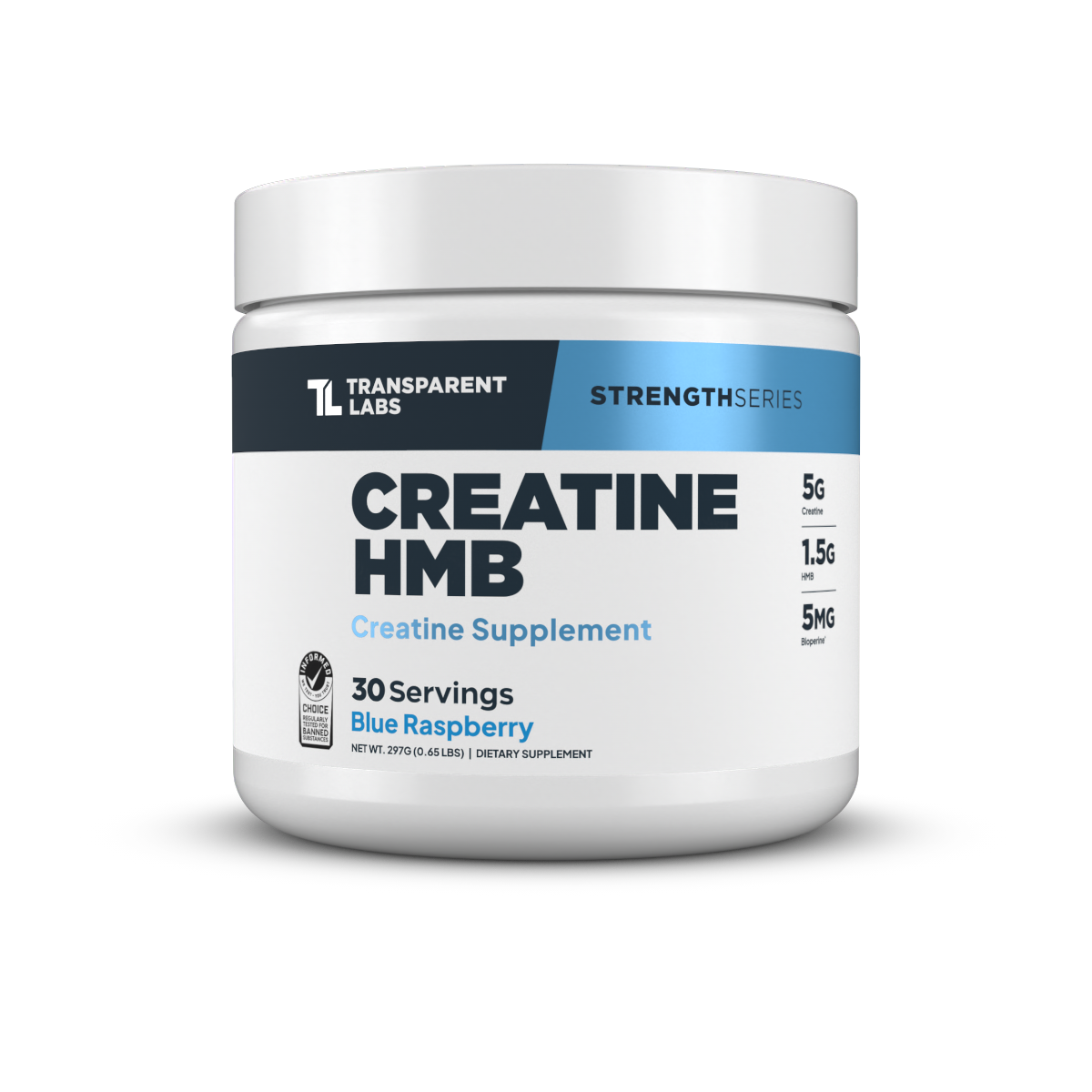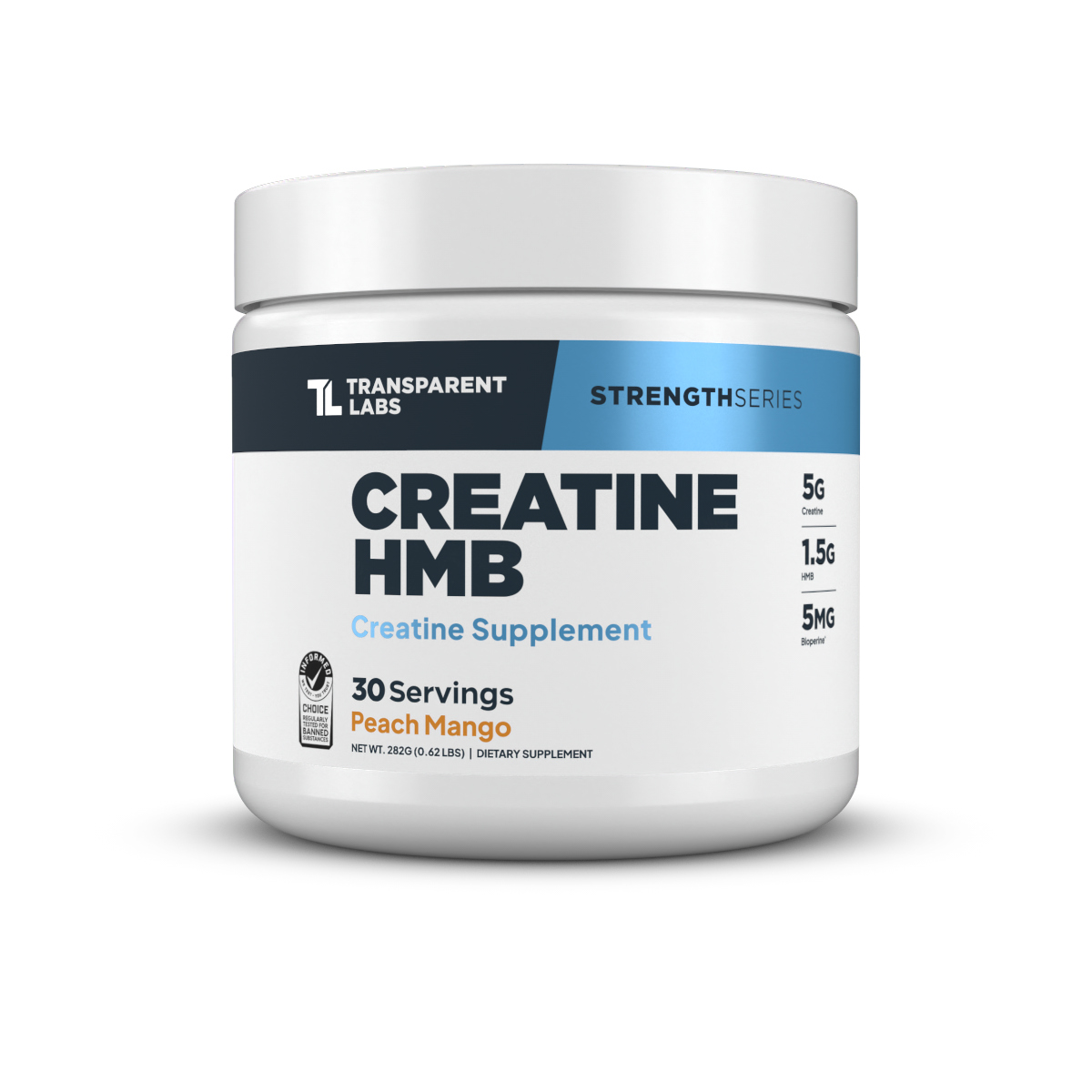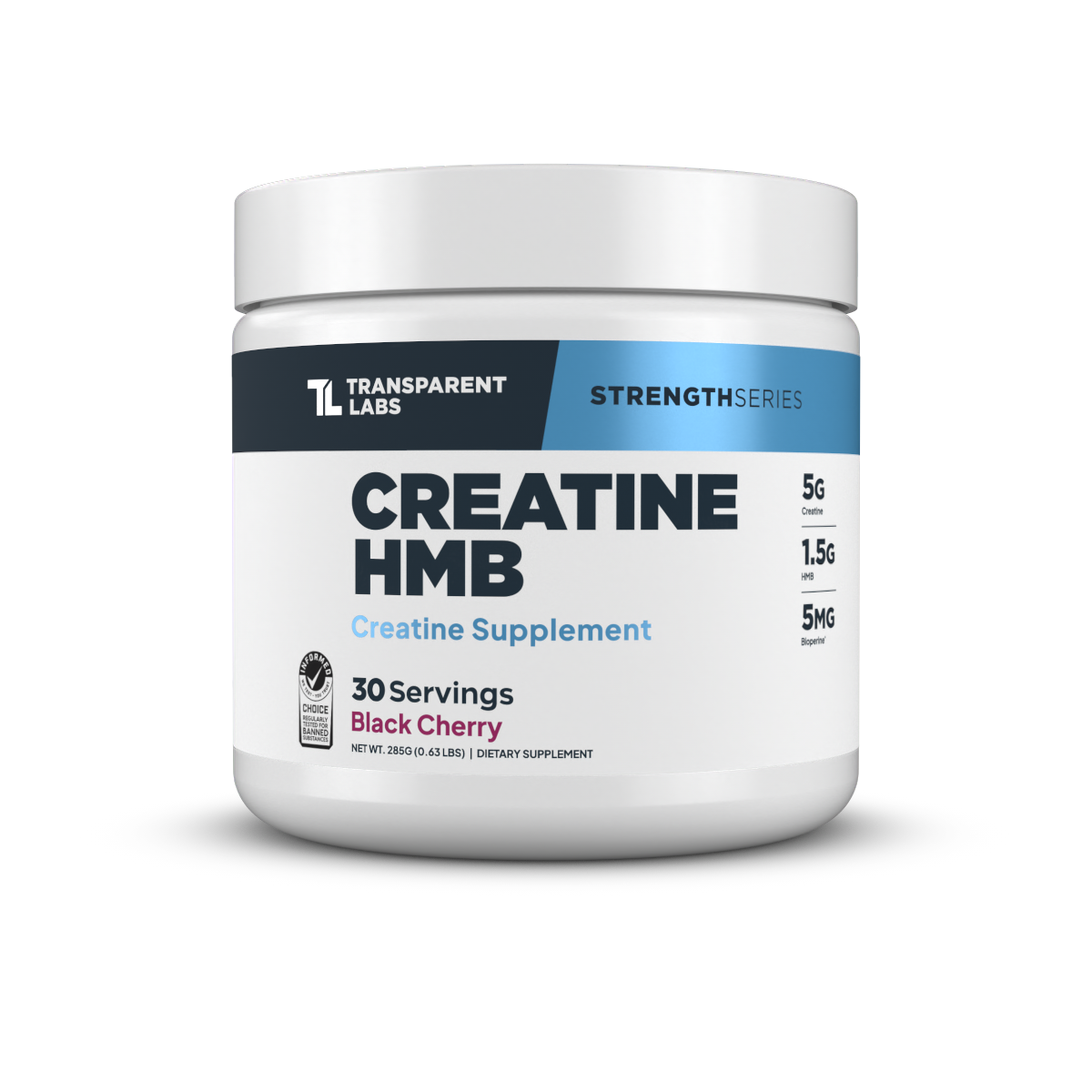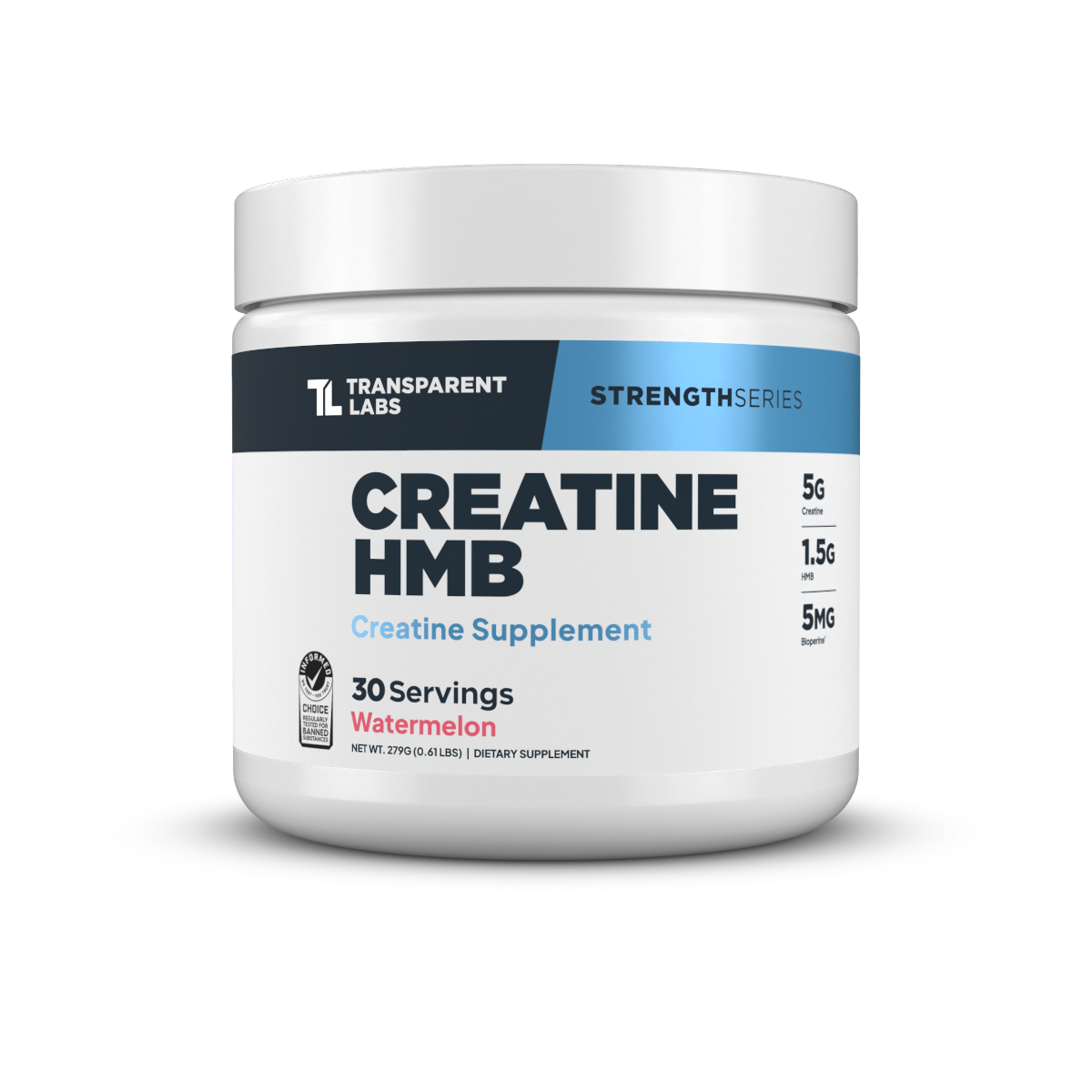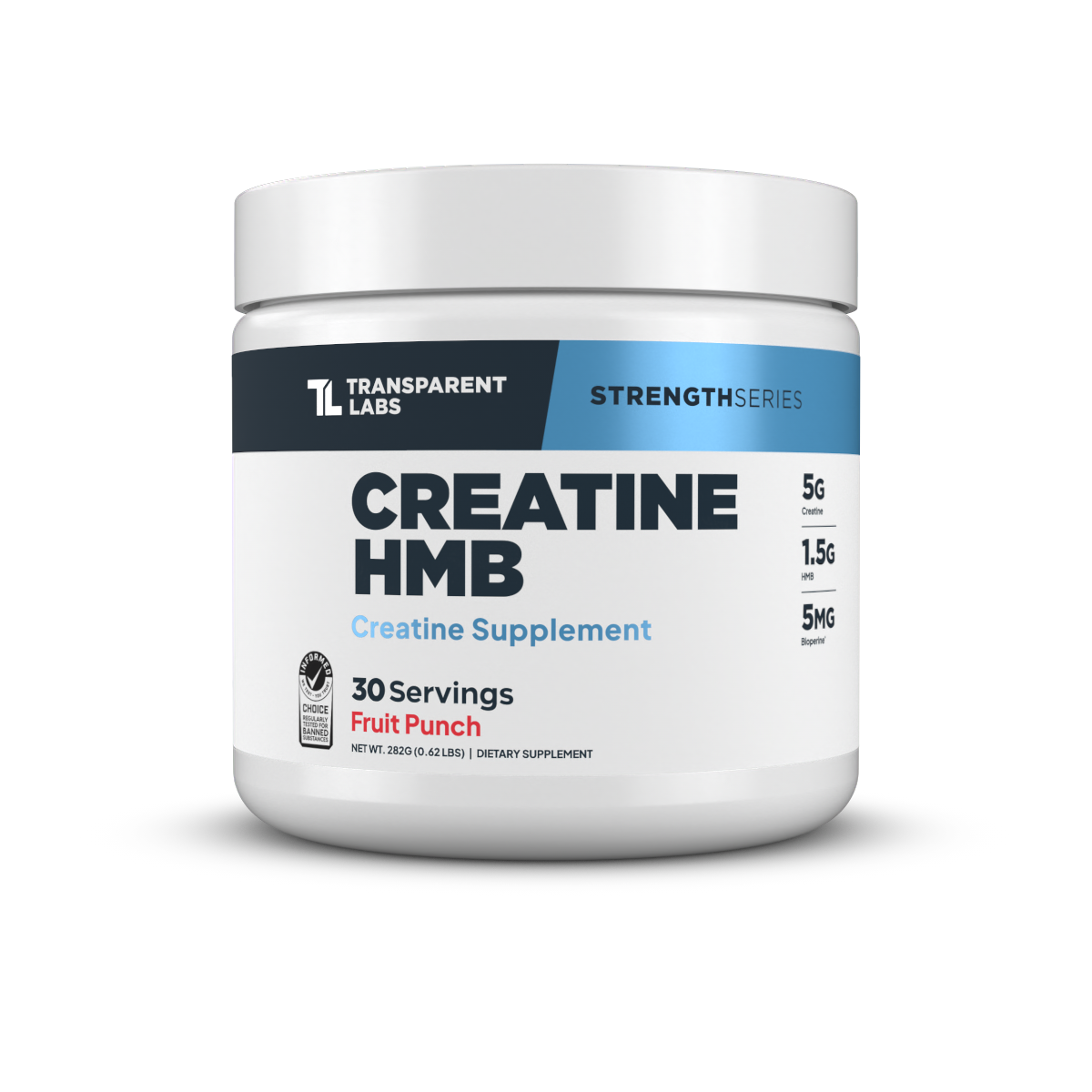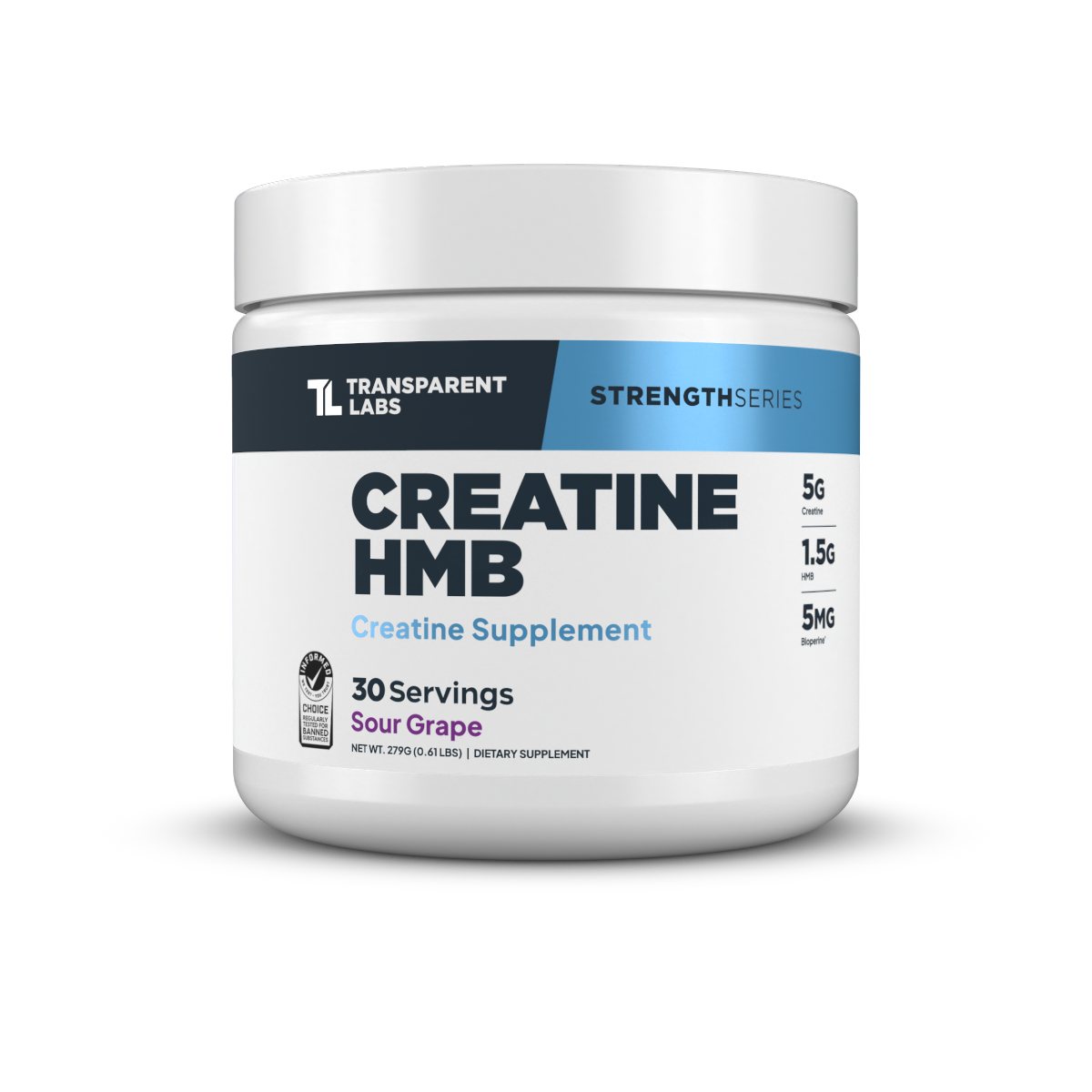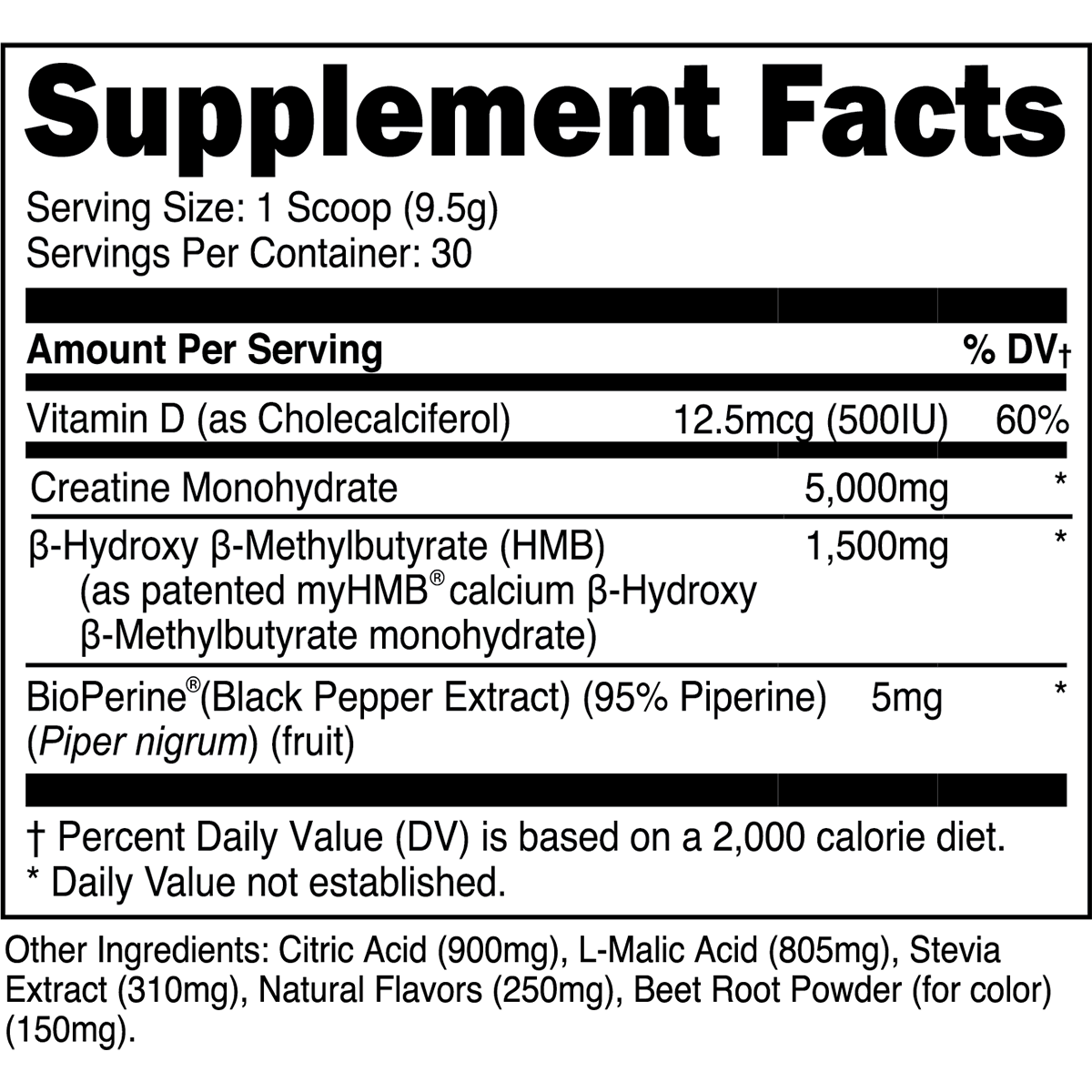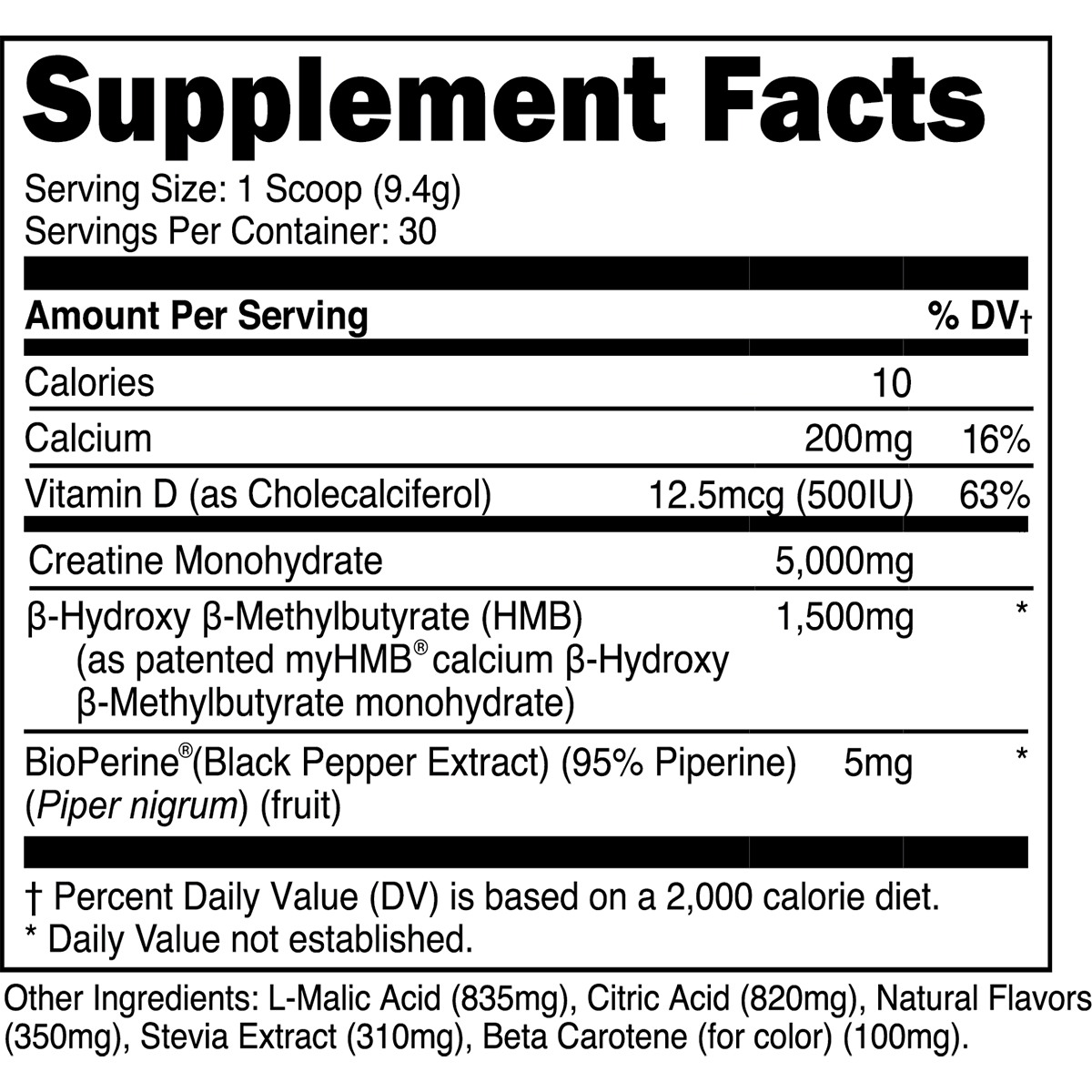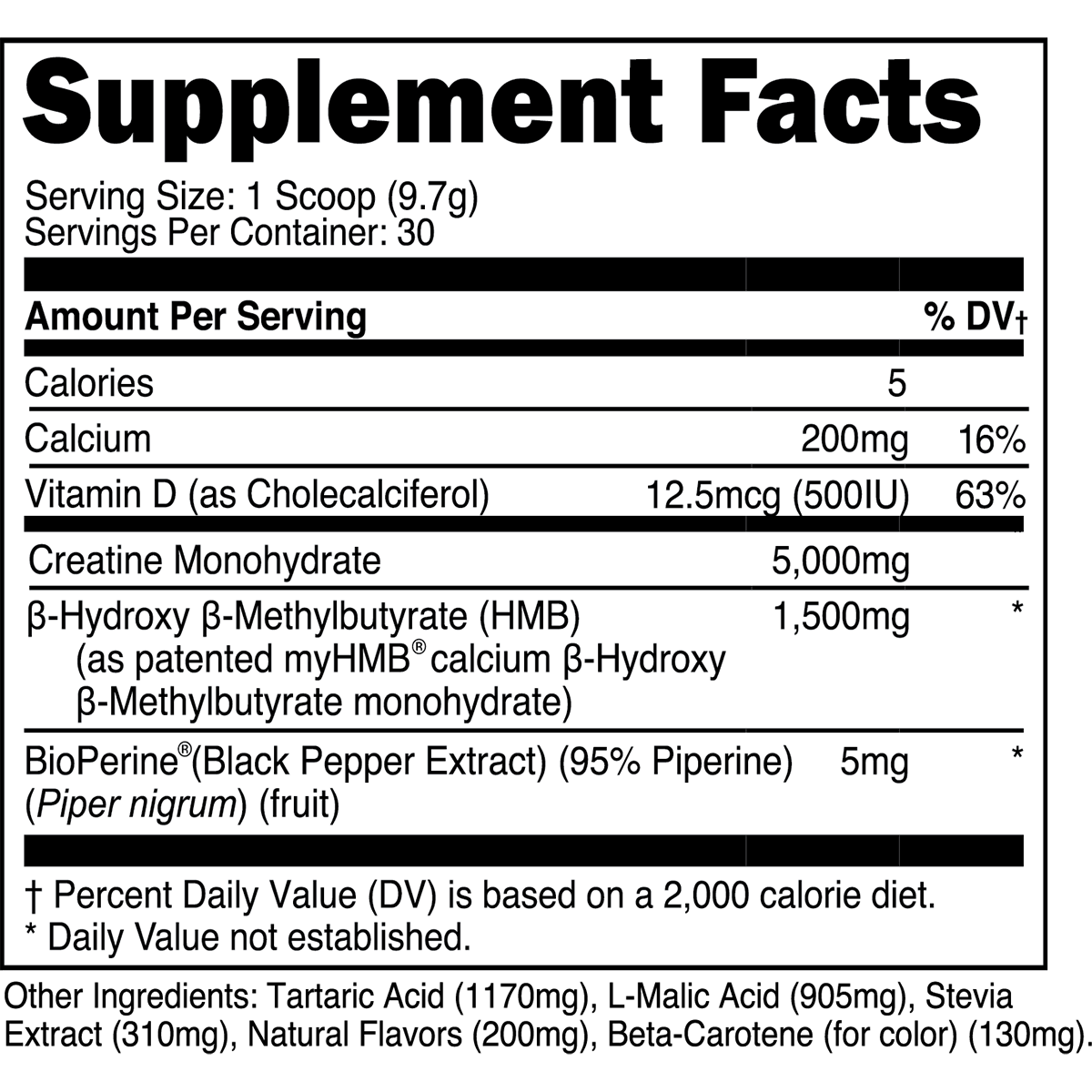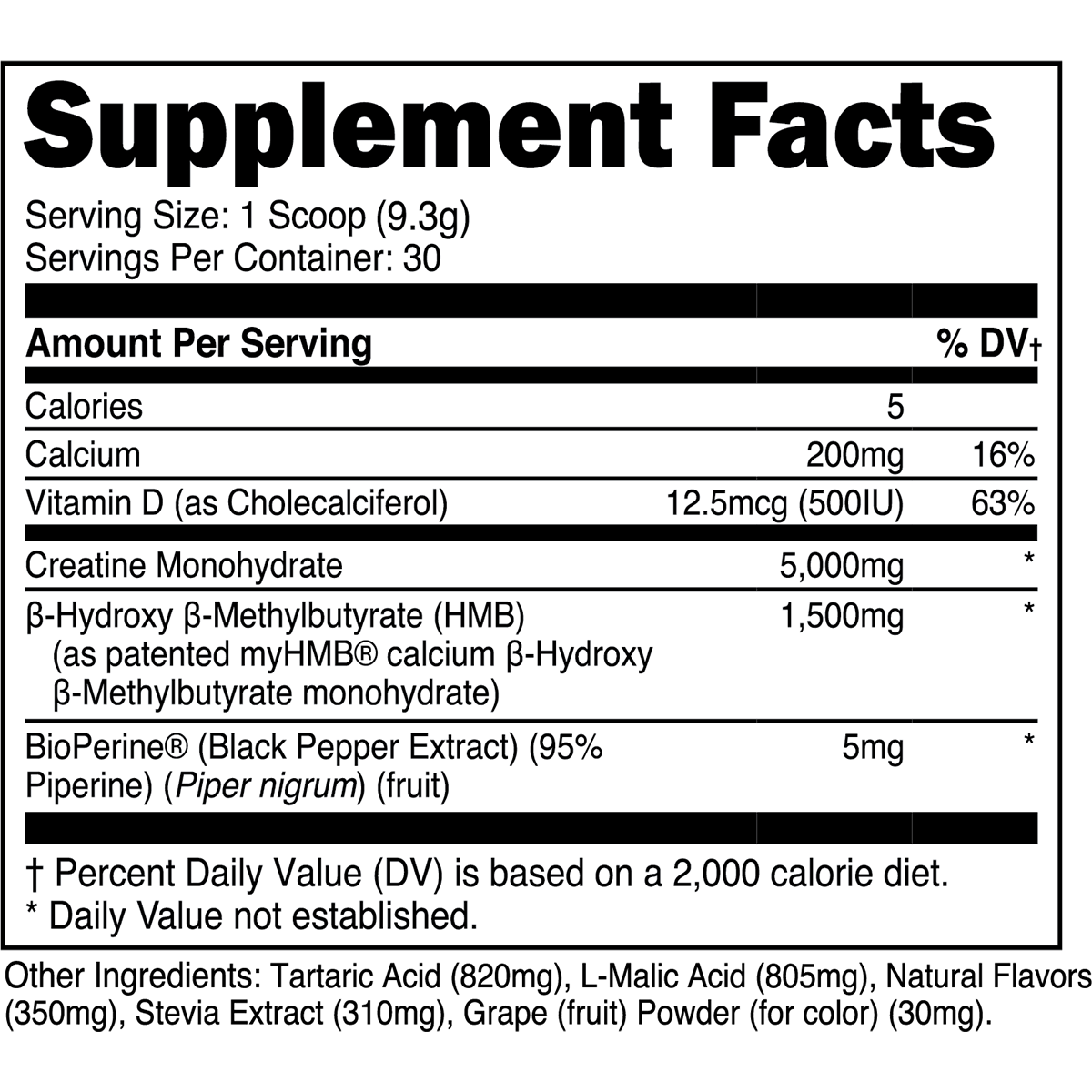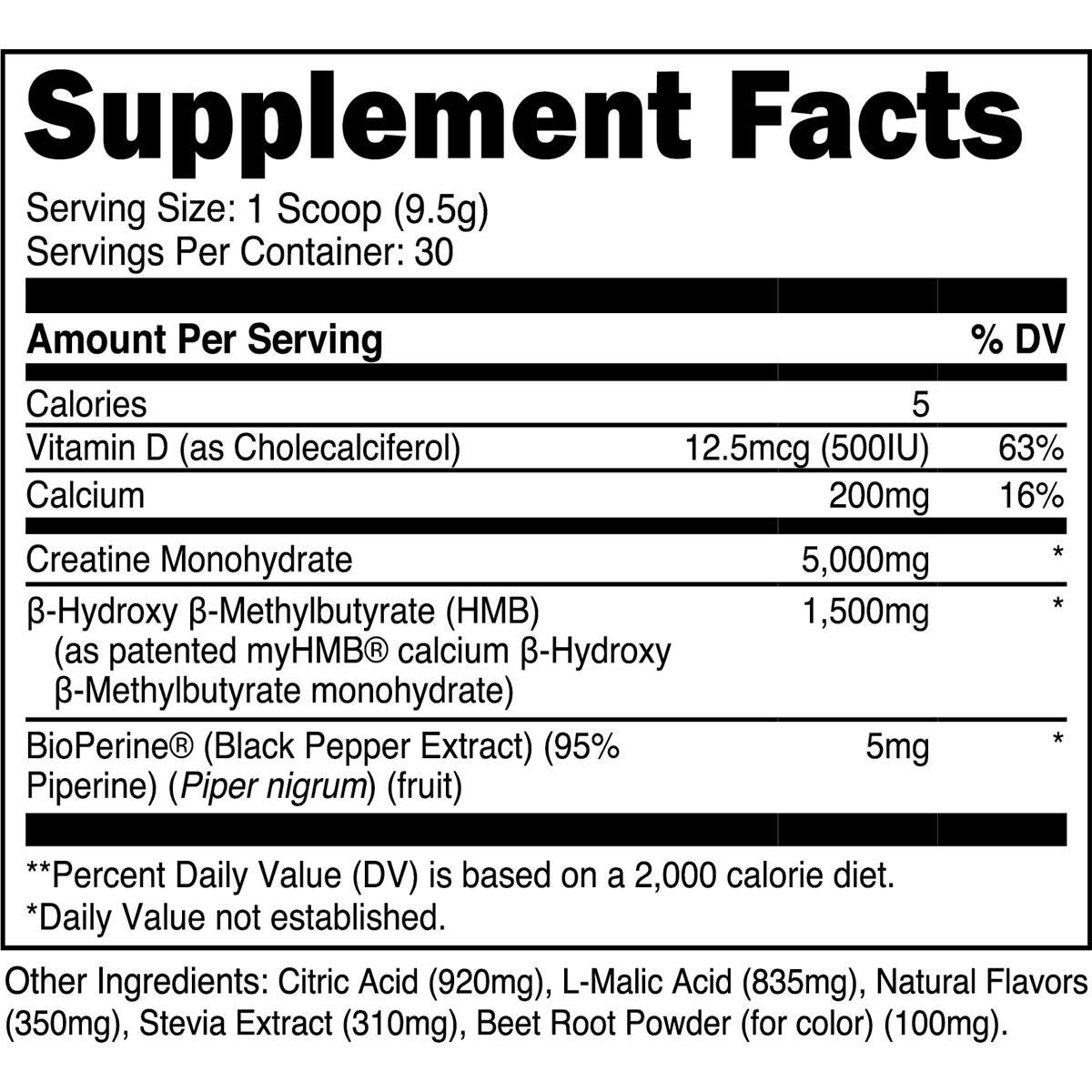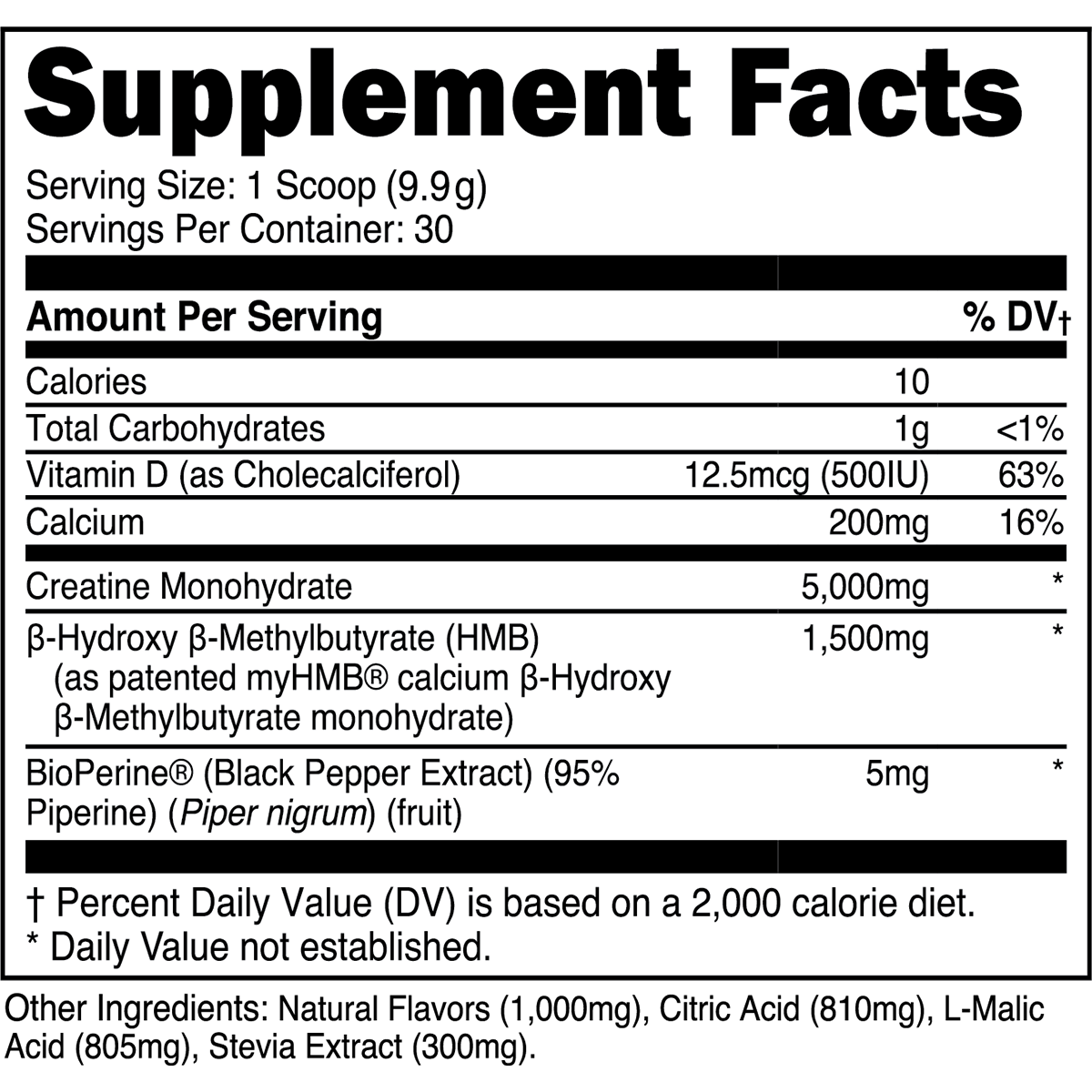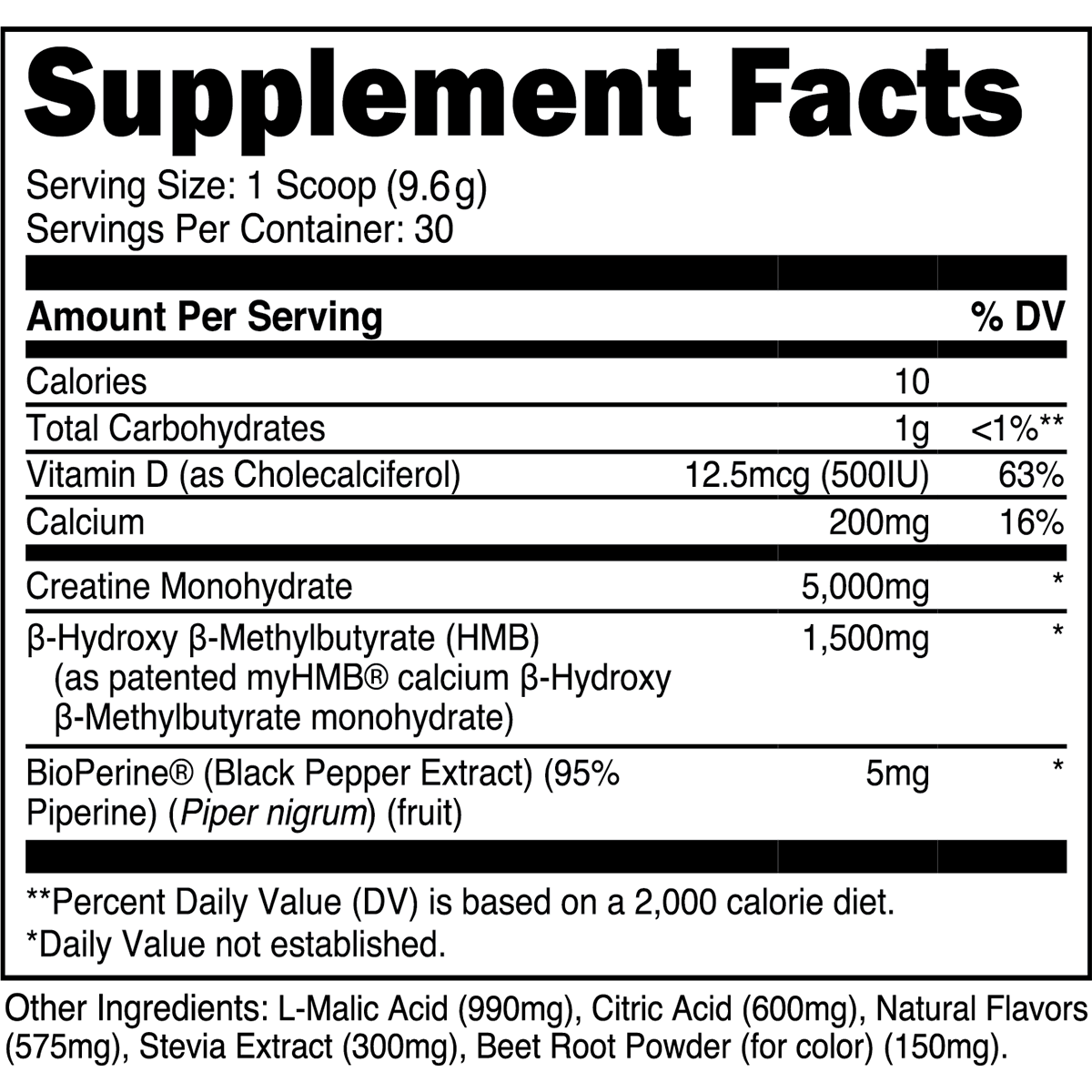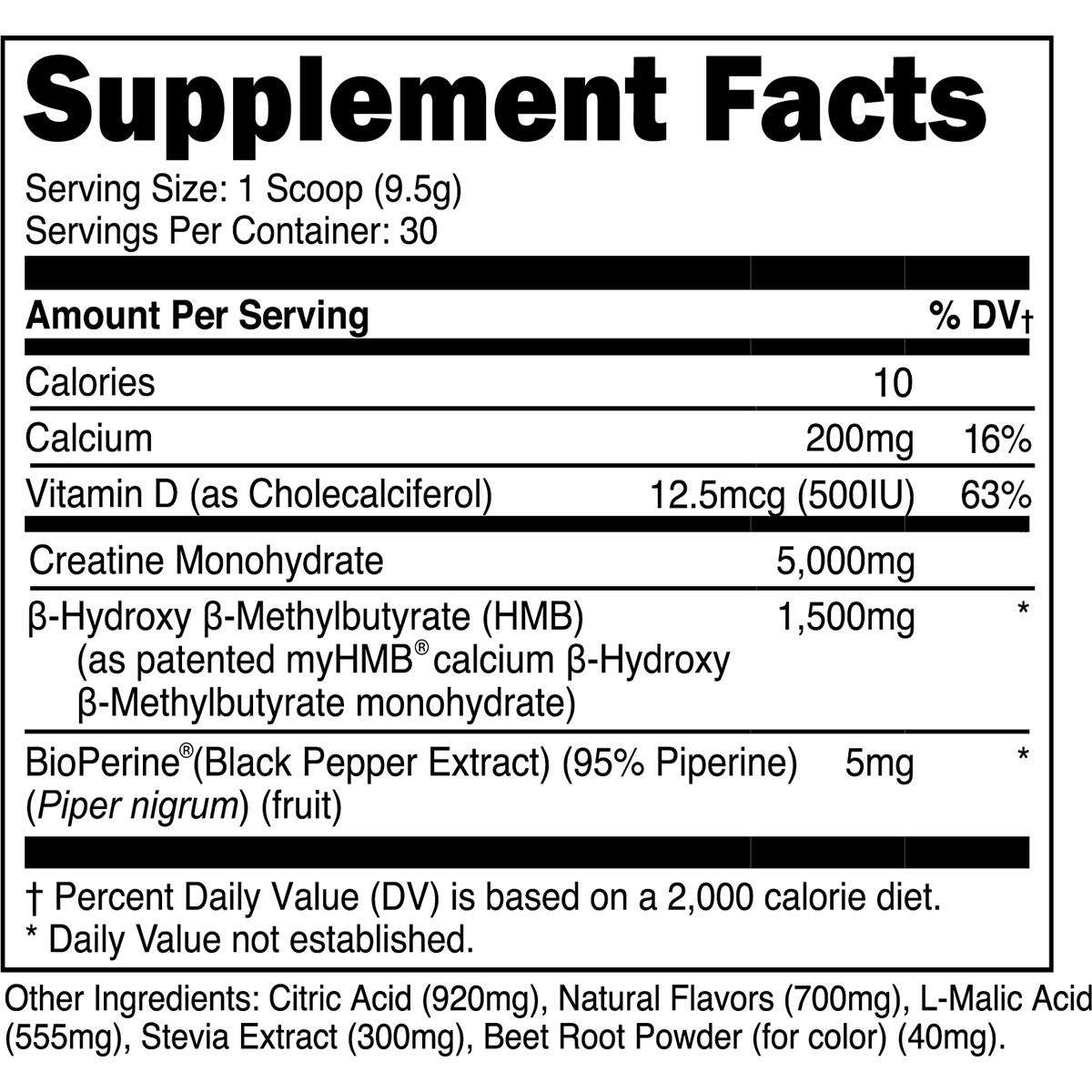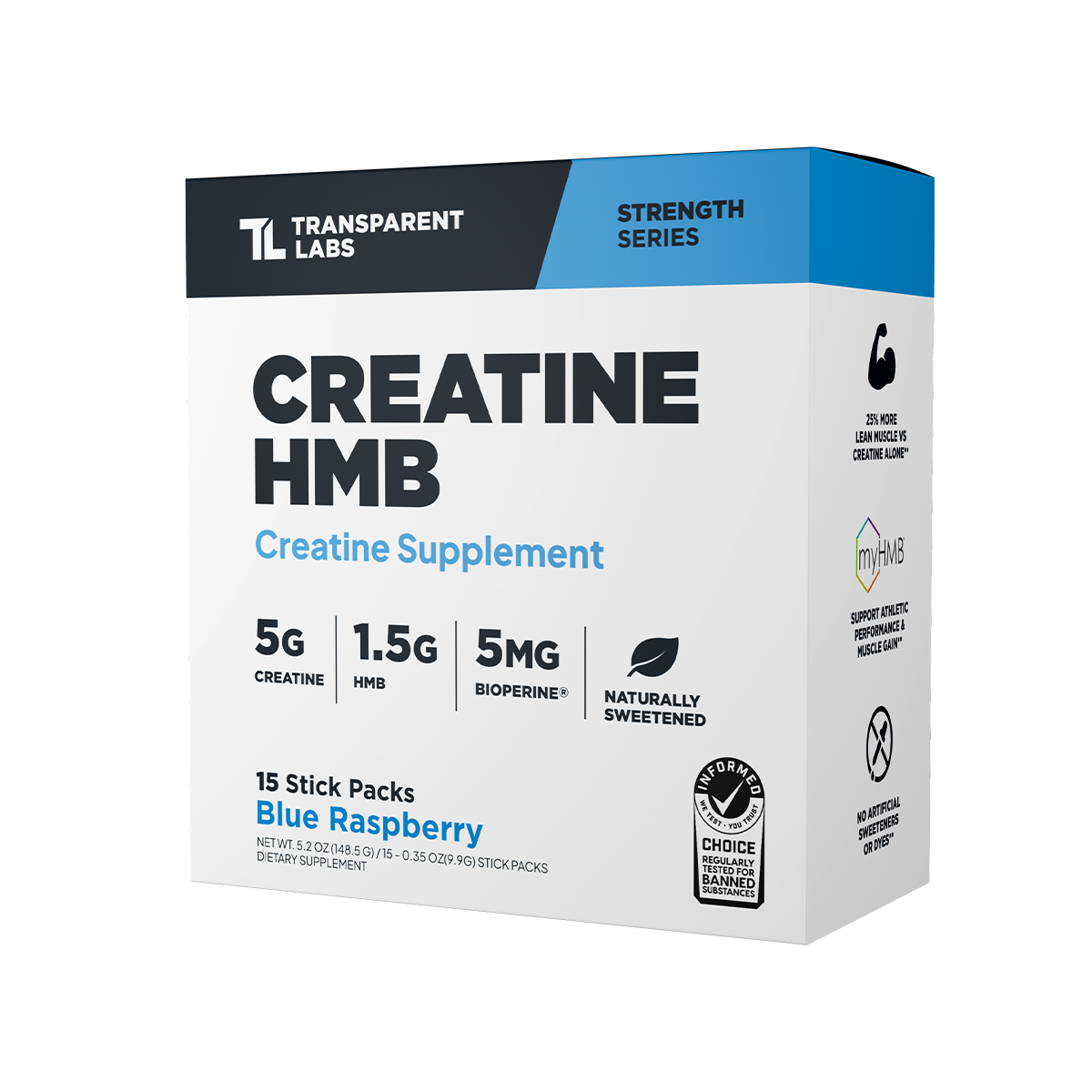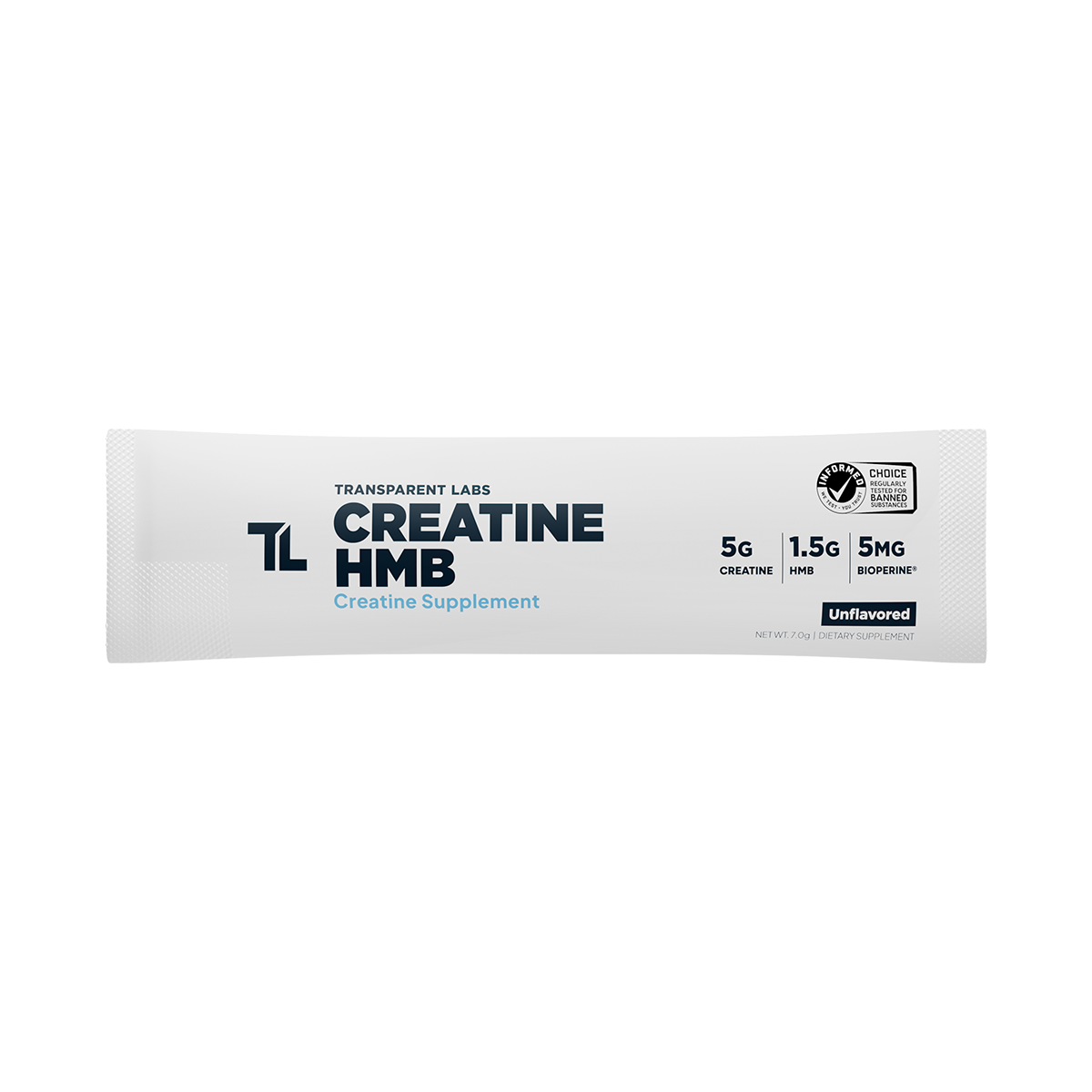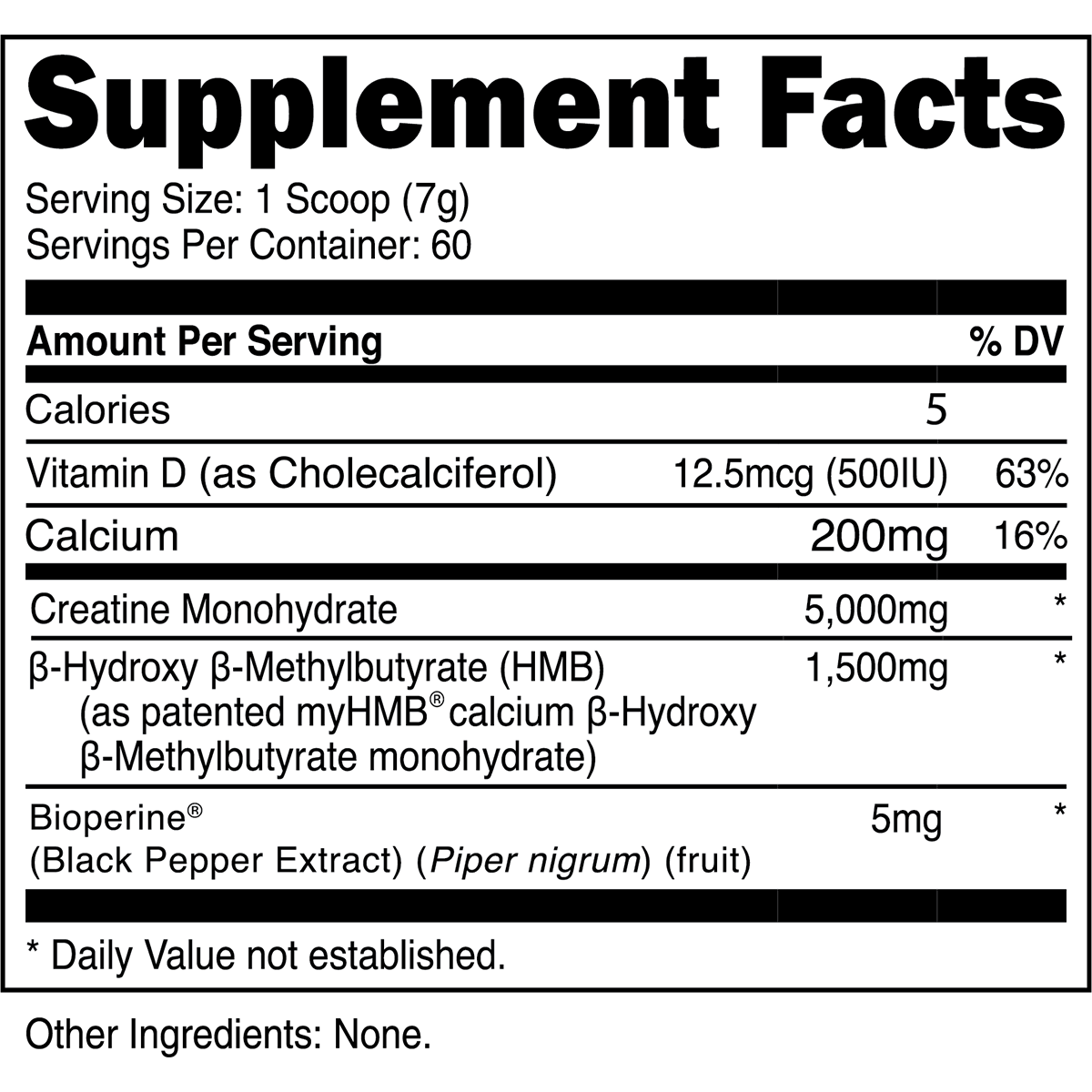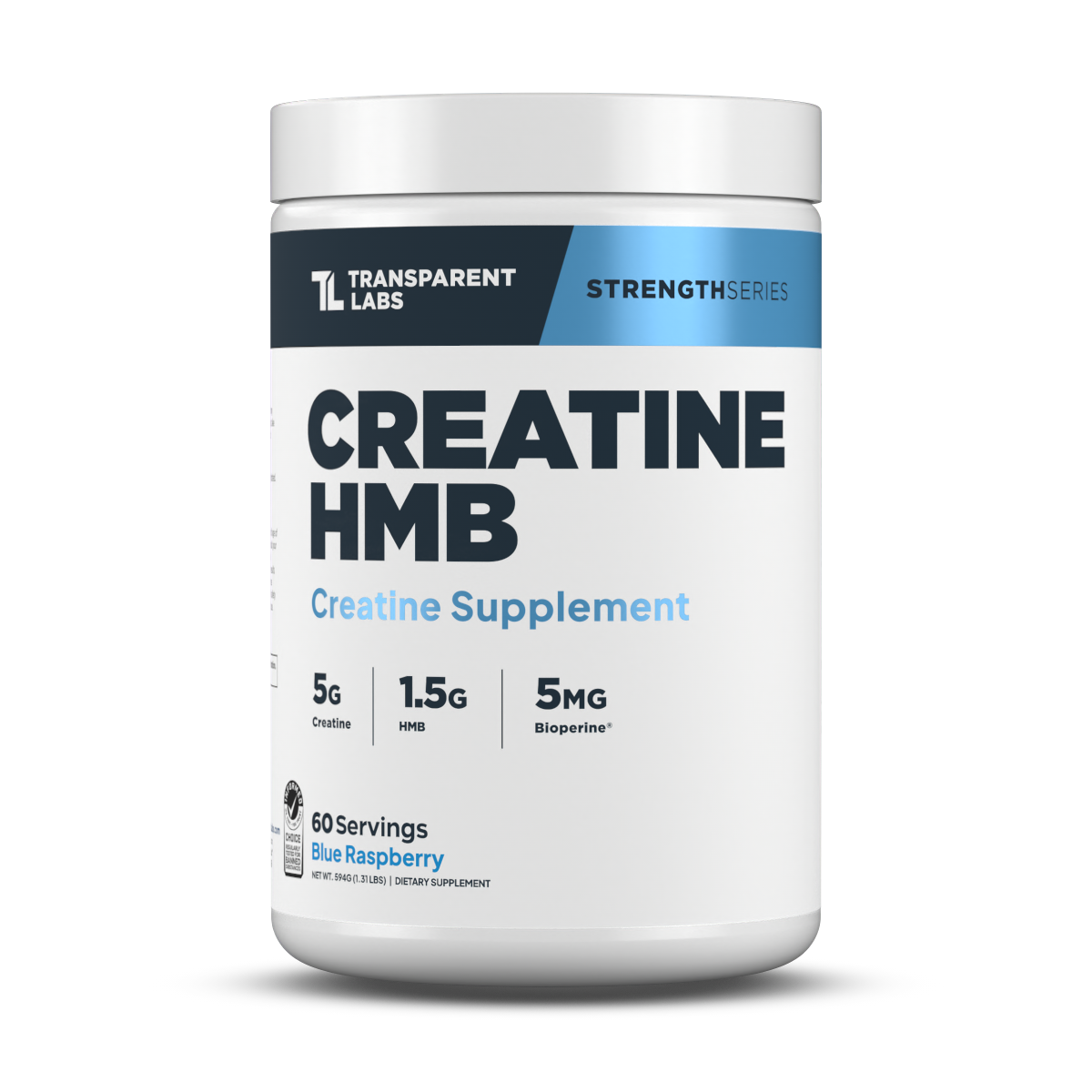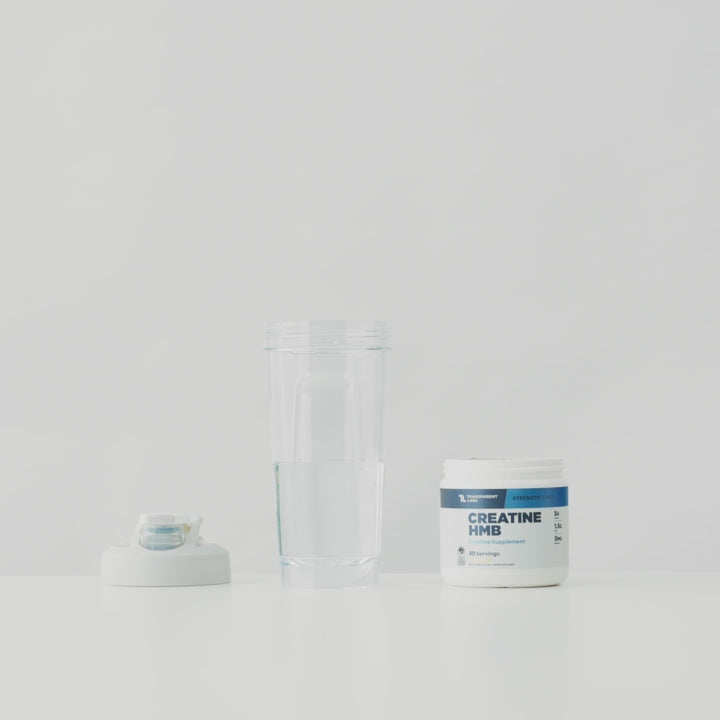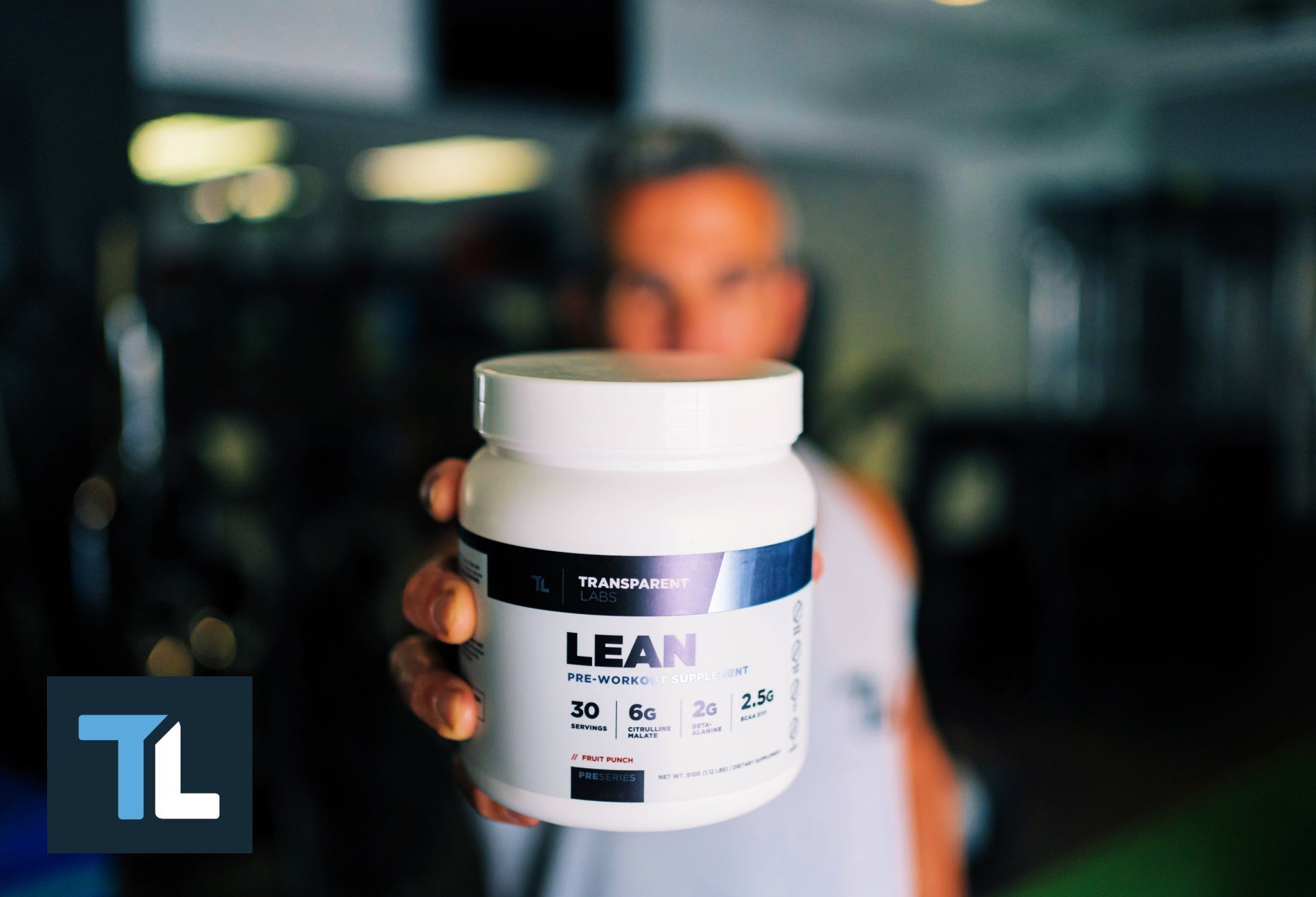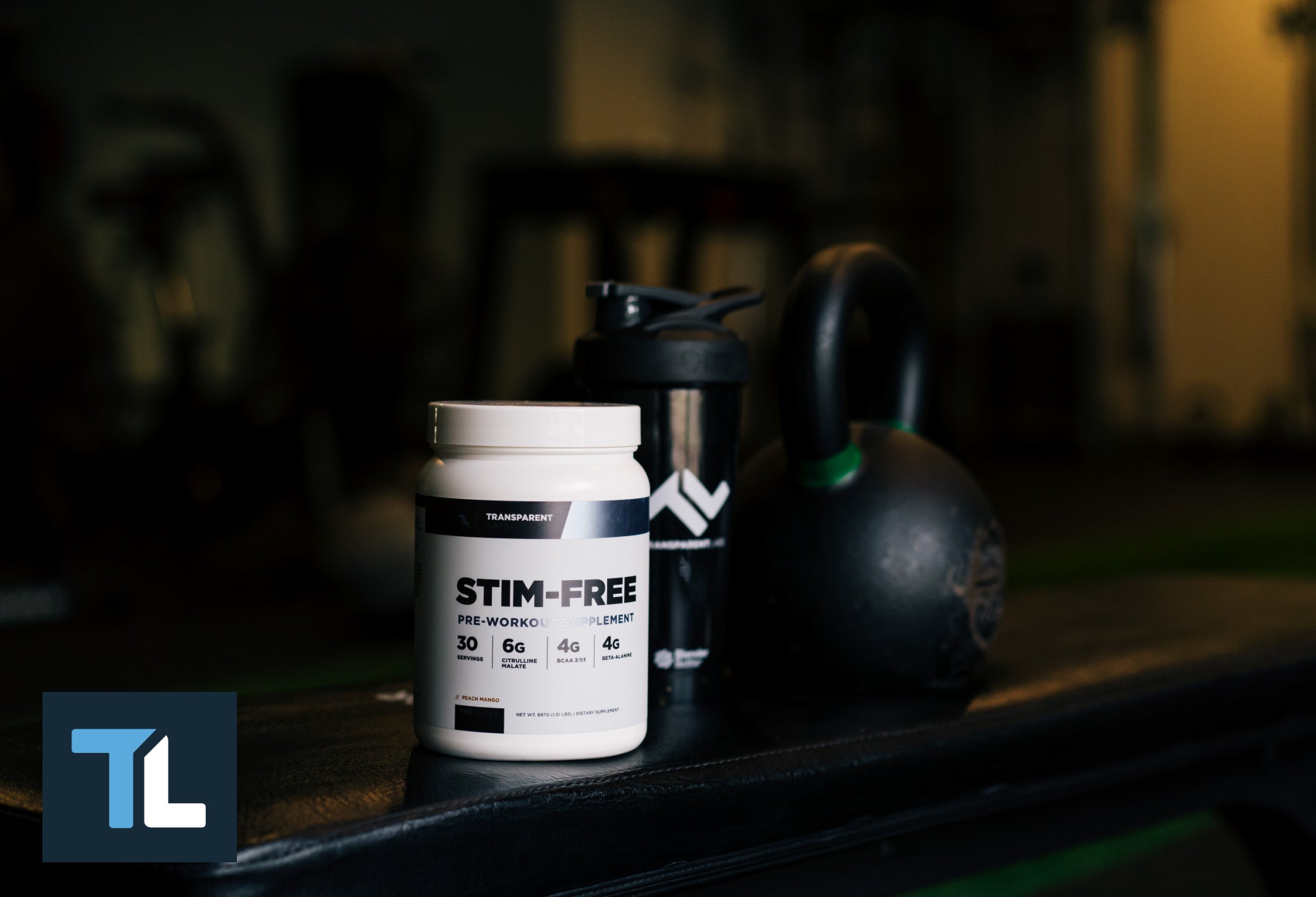There is nothing wrong with wanting to get big or strong, but doing both would clearly be optimal for many athletes.
This is how powerbuilding became popular in many gyms and weight rooms. A Powerbuilding program takes powerlifting and bodybuilding training styles to combine them into one program that can help you as the lifter achieve muscle growth and get stronger.
By using the “big three” lifts in powerlifting (squat, bench press, and deadlift) as the foundation for the program, you can focus on developing power and strength while working more than one major muscle group. Using more traditional bodybuilding exercises as accessory exercises to those lifts can help you increase muscle mass and improve shape as well. It really is a win-win.
This guide will help you learn how powerbuilding workout programs work and offers powerbuilding routines for you to test out and feel the impact of the training for yourself.
How Powerbuilding Training Can Help You Grow Muscle and Get Stronger
It is almost universally recognized in the fitness community that resistance training is a beneficial component of an overall fitness plan (1). Yet many fitness enthusiasts are reluctant to push themselves and stress muscle fibers with more resistance. They do just enough to feel a challenge and back off.
If hypertrophy and muscle gain are a priority for you, then getting stronger will matter a lot. That means pushing heavy weights with as much force as you can generate while focusing on safety and proper form. This is what the concept of Powerbuilding workouts was initially created for. Heavy loads can help with strength, and you can see muscle growth as a side benefit (2).

However, that does not mean you need to max out on a powerbuilding workout program every week. You can alternate the rep ranges and try to make strength gains at multiple levels. Going with weight that you can push for 10-12 reps can still help you get stronger just like weights you use for low reps.
That said, the way you recover matters too. The only way that the heavy work you put into the weight room will serve you is if you accompany it with big calories and high-quality supplementation.
It will also require patience. Making the most out of each workout and meal will create a compound effect that can serve your entire body well, but rushing the process and trying to make it happen in a week won’t get the job done.
If you understand that time and effort are just as important as the sets and reps themselves, then a Powerbuilding Workout plan will be a great training concept for you.
Powerbuilding Training Style Basics
By now you likely understand that you will be using heavy weights, and that may have you thinking you will be limited to free weights. Yes, barbells and dumbbells will be your training partners, but you can use your body weight, cables, and machines as accessory movements for a training routine like this.
Remember that we are trying to accomplish two different goals at once. Because of this, you should be comfortable using all the training options you have available. If you train at home, you can make this work with just free weights as well, but having extra items like resistance bands could go a long way in helping you.
Powerbuilding programs will also call for a different type of split than you may be accustomed to. There are different programming styles for different routines, but you will not be doing a traditional “bro-split” of one body part a day, nor will you follow a standard push, pull, legs split. This version of powerbuilding will have a four-day training split.
The muscle groups will be separated by upper and lower body/core. Two days are for power while the other two are for size. This is what the schedule will look like if you want to use a traditional Monday-Sunday routine.
Sample Powerbuilding Workout Split
-
Monday - Lower Body Power
-
Tuesday - Upper Body Power
-
Wednesday - Active Rest Day
-
Thursday - Lower Body Hypertrophy
-
Friday - Upper Body Hypertrophy
-
Saturday - Active Rest Day
-
Sunday - Complete Rest Day
Don't Lock into A Set Weekly Schedule
If your work or life schedule requires you to do something different, then make your own schedule as you need to. The only rules are you must not train more than two days in a row, and you have to keep the order of workouts.
If you need to train every other day to make that happen, that would be fine. Don’t feel obligated to stick to a traditional seven-day schedule.
Why in This Order?
Most training programs have extra emphasis on the upper body, or they make it the top priority. However, lower body training is just as important, and potentially could be more so than the top half. So, this program has them placed first so you don’t skip out on them and you can do the power workout after a complete day of rest. Your upper body power workout may take a small hit in the first two weeks, but your body should adjust by week three at the latest, and you will see gains on the top half as well.
Powerbuilding Program Details
You will notice that the reps are in ranges of four. That is because when you select the weight to use for that exercise, you will start by doing the low end of that range. For example, you should do three sets of three reps with the barbell squat on Lower Body Power day.
Your goal for the next week is to do three sets of four with that same weight. If you can, great, if not, don’t worry about it. This is just healthy competition for yourself. Just make it a goal to do it the following week. This process continues each week until you meet the top end of that rep range. Using the barbell squat example again, if you get three sets of six reps, then you would add weight and start the process over. If you do this, then you’re getting stronger, aren’t you? This can also improve your chances of seeing muscle growth.
When you begin training, make sure you warm-up with light cardio and stretching. You can also do one to two warm-up sets of each exercise to help you prepare for the work sets. Maintain proper form and speed, though. The sets you see on the chart are your work sets.
Choosing Weight
You can either max out on the big three lifts to help you determine your one rep max and choosing how much weight to use, or you can go by feel. You may feel stronger one week than the next, so going with how you feel on the first week and gauging your progress from there may be the best move.

However, if you go for the one rep max, start with 80% of your max on the squat, bench press, and deadlift. You can adjust as needed based on how strong you feel.
Power Day Training Session Guidelines
Your rest periods on power days is two to three minutes between sets, depending on what you think you need. Remember that you’re not trying to look pretty in the weight room on these days. You are trying to gain strength.
Push yourself and make that weight move on the main lifts. The squat, bench press, and deadlift are the focal point of these workouts and yes, the squat and deadlift are both in the same workout on Lower Body Power day. If you’re concerned that one is going to suffer, then alternate which exercise you start with each week.
Hypertrophy Day Guidelines for Muscle Growth
In the hypertrophy training session, rest for no more than 90 seconds between sets. On these workouts, the goal is to make the most out of each rep. Perform the concentric (lifting) portion of the weight under control, and take a second longer on the eccentric (negative) of each rep. You should consider the weight on these exercises as well, but ultimately they are a means to an end. Make sure you track progress by still striving to improve by at least one rep every week. Gaining strength on these days is good too. Don't forget to use good form.
Should You Train to Failure?
There is a good chance that you will reach failure several times on this program, but that does not have to be the goal. As a matter of fact, you should choose a weight that you feel you can perform all the reps with. Confidence can go a long way in Powerbuilding programs, even for advanced lifters. If you can rack up wins by not failing too soon, it will help you create momentum to see even more success throughout the program.
Active Rest Day Guidelines
You will notice that two of the rest days are “Active Rest Days.” That means you can do cardio or something active to help you keep bodyfat from increasing too much (or at all), but it should not be more strenuous than the workouts. Go on a bike ride, hike, swim, or use a cardio machine for 30 minutes or so. Just don’t push yourself too hard on these days because you will want the energy for the next workouts. In other words, no High Intensity Interval Training (HIIT) sessions during this program. There is nothing wrong with maintaining definition, but keep in mind that the priority is not to lose weight.
That last day is for complete rest. Do as little as possible and give yourself an opportunity to recover to the best of your ability. That means absolutely no lifting weights. Take full advantage of everything around you if you have recovery options such as percussive tools, massaging, cold tubs, etc. Don’t be afraid to use these on other days as well if you feel you need it.
How to Create a Powerbuilding Training Routine
The beauty of powerbuilding programs is that you can tailor them to your specific needs. The rationale for combining powerlifting and bodybuilding training style is that you get the best of both worlds; the former allows you to build strength by lifting heavy weights for lower reps, while the latter provides the training volume and higher rep range necessary for optimizing muscle hypertrophy.
Maybe one of your goals is to bring up lagging muscle groups, such as your pectorals and triceps. If so, powerbuilding can accommodate that seamlessly; simply incorporate a hypertrophy training day each week where you focus on just your chest and tricep exercises.
Remember, training volume is a major dictator of muscle growth [3]. If you can set aside a day each week where you target weak points with high-rep, high-volume workouts, it will certainly help.
Of course, getting stronger in lower rep ranges on basic compound exercises like the squat, bench press, and deadlift is also imperative. In many ways, powerlifting sets the foundation for long-term hypertrophy. The stronger you are, the more reps and sets you'll be able to complete during bodybuilding-style/high-volume workouts.
Since you will be performing exercises in both lower and higher rep ranges every week, a proper powerbuilding program should allow enough rest between workouts that target the same muscle groups. Let's say you focus on powerlifting-style training for your upper body on Monday — you'll want at least 48 to 72 hours of rest before you do a bodybuilding-style (hypertrophy-focus) upper-body workout.
Listed below is the basic training split for a five-day-per-week powerbuilding program:
Day 1: Upper-Body Power Day
Day 2: Lower-Body Power Day
Day 3: Rest Day
Day 4: Chest, Shoulders, and Triceps Hypertrophy Day
Day 5: Lower-Body Hypertrophy Day
Day 6: Back and Biceps Hypertrophy Day
Day 7: Rest Day
In the powerbuilding template provided below, there are three working sets on compound movements during the first four weeks of the program. The following four weeks will increase total training volume by adding additional sets to both power days and hypertrophy training days.
Note: The listed number of sets does not include warm-up sets. Perform 3 or 4 sets with relatively light weight on the first exercise for each muscle group being trained on a given day. The designated number rep ranges mean you should use a weight that leaves you about one rep shy of failure within that range.
Workout |
Weeks 1 to 4 |
Weeks 5 to 8 |
Day 1: Upper-Body Power Day |
||
| Barbell Bench Press | 3 sets of 6 reps | 4 sets of 5 reps |
| Bent-over Barbell Row | 3 sets of 6 reps | 4 sets of 6 reps |
| Weighted Pull-Up | 3 sets of 6-8 reps | 4 sets of 5-6 reps |
| Standing Military Press | 3 sets of 6 reps | 4 sets of 4 reps |
| Decline Dumbbell Bench Press | 3 sets of 6-8 reps | 3 sets of 8-10 reps |
| Alternating Dumbbell Curls | 3 sets of 10 reps | 4 sets of 8-10 reps |
| Skullcrushers or Tricep Pressdown with V-Bar | 3 sets of 10 reps | 4 sets of 8-10 reps |
Tuesday: Lower-Body Power Day |
||
| Barbell Back Squat | 4 sets of 6 reps | 5 sets of 4 reps |
| Barbell Deadlift | 3 sets of 6 reps | 4 sets of 3 reps |
| Hack Squat | 3 sets of 6 reps | 4 sets of 5 reps |
| Leg Press | 3 sets of 8 reps | 3 sets of 10 reps |
| Dumbbell Lunges | 3 sets of 8 reps | 3 sets of 10 reps |
| Standing Calf Raise | 3 sets of 8 reps | 4 sets of 10 reps |
| Weighted Decline Bench Crunch | 3 sets of 10 reps | 4 sets of 10 reps |
Wednesday: Rest Day |
||
Thursday: Chest, Shoulders, and Triceps Hypertrophy Training Day |
||
| Decline Barbell Bench Press | 3 sets of 8-12 reps | 4 sets of 8-12 reps |
| Incline Dumbbell Bench Press | 3 sets of 8-12 reps | 4 sets of 8-12 reps |
| Chest Cable Fly or Pec Deck Machine | 3 sets of 10-12 reps | 3 sets of 12-15 reps |
| Seated Dumbbell Shoulder Press | 3 sets of 8-10 reps | 3 sets of 12-15 reps |
| Dumbbell Side Lateral Raise | 3 sets of 10-12 reps | 3 sets of 12-15 reps |
| Reverse Pec Deck or Rear Delt Lateral Raise | 3 sets of 8-10 reps | 3 sets of 12-15 reps |
| Cable Rope Pressdown | 3 sets of 10-12 reps | 3 sets of 12-15 reps |
| Overhead Dumbbell Tricep Extension | 3 sets of 10-12 reps | 3 sets of 12-15 reps |
Friday: Lower-Body Hypertrophy Training Day |
||
| Barbell Front Squat | 4 sets of 8 reps | 4 sets of 10-12 reps |
| Dumbbell Stiff-Leg Deadlift | 3 sets of 10-12 reps | 3 sets of 12-15 reps |
| Barbell Good Morning | 3 sets of 10 reps | 4 sets of 8 reps |
| Leg Extension superset w/Leg Curl | 3 sets of 15 reps | 4 sets of 12 reps |
| Weighted Ab Exercise of Choice | 3 sets of 15 reps | 4 sets of 12 reps |
| Seated Calf Raise | 3 sets of 12 reps | 4 sets of 10 reps |
Saturday: Back and Biceps Hypertrophy Training Day |
||
| Dumbbell Row | 4 sets of 8-10 reps | 3 sets of 12-15 reps |
| Seated Cable Row | 3 sets of 8-12 reps | 4 sets of 8-12 reps |
| Close-Grip Lat Pulldown | 3 sets of 12 reps | 3 sets of 15 reps |
| Dumbbell Shrugs | 3 sets of 12 reps | 4 sets of 10 reps |
| Cable Face Pull | 3 sets of 12 reps | 4 sets of 10 reps |
| EZ-Bar Bicep Curl | 3 sets of 8-12 reps | 4 sets of 8-12 reps |
| Cable Hammer Curl (Rope Attachment) | 3 sets of 8-12 reps | 4 sets of 8-12 reps |
Sunday: Rest Day |
Nutrition and Supplementation
As we mentioned earlier, the nutrition and supplementation will matter a lot for a good Powerbuilding program. You will need high quality protein to help you build muscle mass and develop strength, healthy carbohydrate sources so you have the energy needed to train, and some fats are good for overall wellness and health.
A good baseline to go with for nutrition is 1-2-.5. That is one gram of protein, two grams of carbohydrates, and .5 grams of fats per pound of bodyweight. If you weigh 200 pounds, that is 200 grams of protein, 400 grams of carbohydrates, and 100 grams of fats.
Once you establish that baseline, you can play with those numbers as you feel to be necessary. If you are trying to stay as lean as possible, then slightly cut back on carbohydrates. If you are still hungry at the end of the day, you could add more protein, carbs, or fats to your daily totals. You can eat those calories in whatever schedule serves you best - whether that is three meals or six or anything in between.
Supplements are meant to supplement your nutrition. We don’t feel replacing food with supplements is a good idea, but you can certainly add them in and get even better as a result. Whey protein isolate is a quality source to support muscle building, a pre-workout can help with energy, and creatine monohydrate is both safe and effective(!). Since you are here at Transparent Labs, we will suggest the following products for you to gain muscle, including our Growth Muscle Builder.
Take-Home Tips for Maximizing Results on Your Powerbuilding Routine
Here are some additional tips to help you get the most from your powerbuilding workouts:
1. Don’t be afraid to switch up exercises from time to time. However, you should always include some variation of squats, deadlifts, and bench presses on your power days.
2. If you are unfamiliar with technical exercises like deadlifts and squats, hiring a personal trainer or lifting coach can help. When in doubt, stick to exercises you can perform with proper form.
3. On power days, you should ideally be adding weight to the bar as the weeks go on. If you can't, then increasing time under tension, total training volume, and incorporating intensity techniques (e.g. forced reps, partial reps, drop sets, etc.) are other ways to progress.
4. Recovery is essential to building strength and size, so nourish yourself accordingly. You should be eating plenty of protein and consuming enough calories to facilitate muscle growth. See: How much protein should I eat to build muscle?
5. Taking a quality pre-workout supplement like Transparent Labs PreSeries BULK can help you perform at peak capacity when you're pumping iron.


